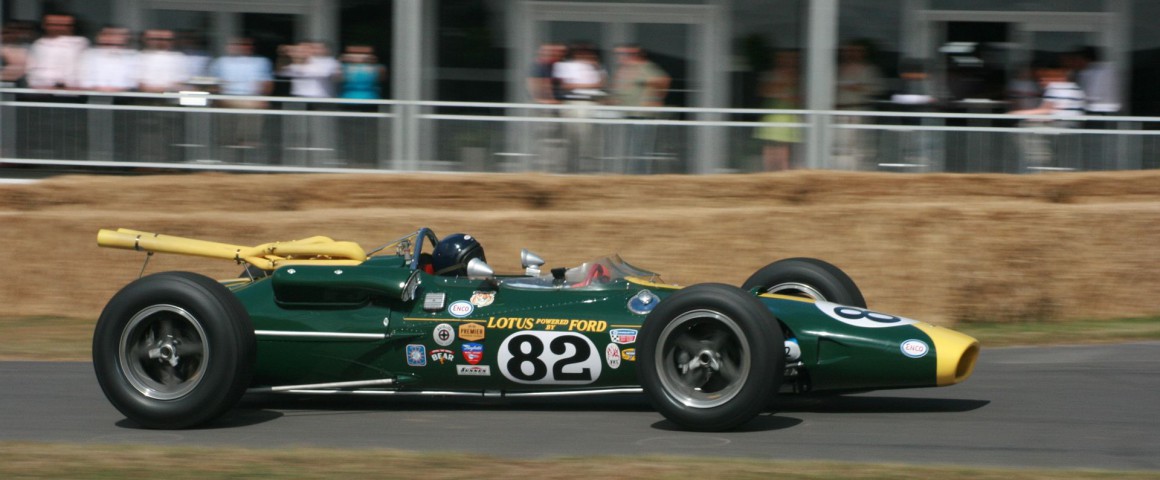The real British Invasion began in earnest during 1961 with Jack Brabham’s Cooper-Coventry Climax that changed the face of auto racing forever. The tiny car, weighing only 2/3 as much as the competition, was filled with innovations, including its rear-engined layout, fully independent suspension and small Coventry Climax engine, which made 150 fewer horsepower than the other cars in the field from a capacity that was 80 cubic inches smaller. Despite finishing in 9th place, it was a moral victory that paved the way for Jimmy Clark’s victory in 1965, driving a Lotus 38.
The era became a veritable who’s who of famous British personalities, featuring Brabham and Cooper, as well as Colin Chapman, Graham Hill, Jackie Stewart and the aforementioned Clark. Mark Donohue and Johnny Rutherford added three more victories between them in 1972, 1974 and 1976, adding to the success of the British Invasion and leading to a permanent beachhead in America’s heartland.
Building on this success, almost every competitor was seated in a chassis built in England: March, Lola, Reynard, and even those “American’ cars from Penske and Galmer came from the UK. The engines were sourced from British shops like Cosworth, Ilmor, and Judd, while the cars were designed by Britons Len Terry, Tony Southgate, Eric Broadley, and Tim Holloway.













'The British Invasion – Brits at the Indianapolis 500' have 2 comments
October 3, 2017 @ 7:07 pm Chuck Roche
Had he not died so early in life I believe Jim Clark could have won many, many 500’s as well as numerous world driving championships.
November 11, 2018 @ 2:35 am Don
He was 32 when he died. Few drivers back then stayed in the game much longer. The competition caught up; in future years, the rear engined vehicles took over and everyone had one. I think Hill won the year after Jim did. But Jim didn’t win in 66 or 67 BTW, he didn’t win the WDC in either of those years, either. He may be one of the best examples (Like Sterling Moss) of proof that it takes not just a great driver, but a great car to win races. Alonso has been realizing that since 2007.